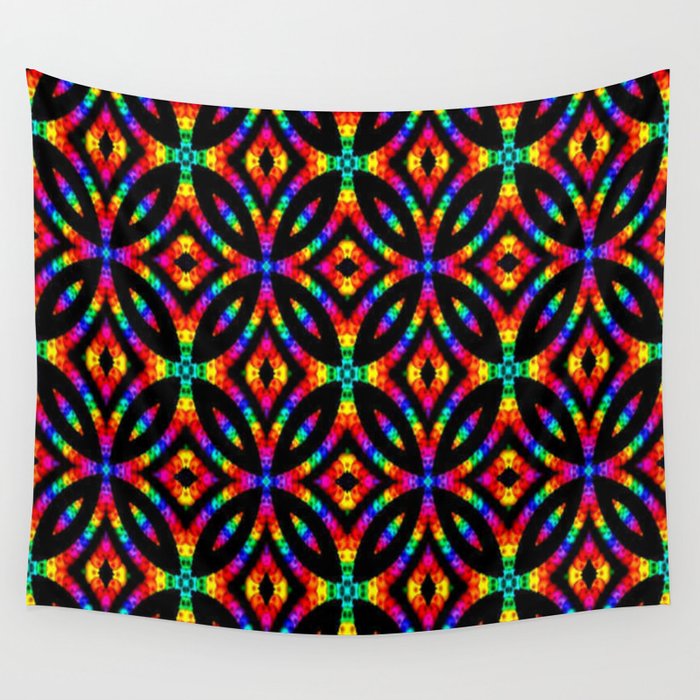
Move the Angle wheel to rotate the result of the Op effect. You can also enter a value from 10% to 1000%. Move the Scale slider to adjust the size of the image resulting from the Op effect. The Op tile effect segments an image and transforms each segment, then assembles them to create an effect in the style of optical art. To preserve layer transparency when applying the Brickwork effect, click the effect name in the Tool Options pane and choose Preserve Transparency. You can also enter a value from 0.0 px to 200.0 px. Move the Width slider to adjust the size of the tiles in the pattern. You can also enter a value from 0.0º to 359.9º.

Move the Angle wheel to adjust the angle of the brick tiles in the pattern. The Brickwork effect produces a tiled image from a source image in the style of a brick wall. To preserve layer transparency when applying the Shutters effect, click the effect name in the Tool Options pane and choose Preserve Transparency. Move the Acute Angle wheel to change the angle of the effect tiles. Move the Width slider to adjust the size of the individual segments that make up the Shutters effect. The Shutters effect produces a tiled image from a source image by applying four translation operations. To preserve layer transparency when applying the Pinwheel effect, click the effect name in the Tool Options pane and choose Preserve Transparency. Move the Width slider to adjust the size of the individual segments that make up the Pinwheel effect. The Pinwheel effect rotates the source image at increments of 90° to create a pinwheel-like pattern. To preserve layer transparency when applying the Tessera effect, click the effect name in the Tool Options pane and choose Preserve Transparency. If the effect rope isn’t visible, click the rope button in the Tool Options pane. Move the effect handle to adjust the position of the effect. Move the Acute Angle wheel to adjust the shape of the tiles - small values create thin, diamond-shaped tiles, while large values create thicker tiles.

Move the Width slider to adjust the size of the segments that make up the Tessera effect. Move the Angle wheel to adjust the angle of the tiles in the pattern. The Tessera effect produces a tiled image by reflecting it in a parallelogram and angling individual segments. To preserve layer transparency when applying the Triangle Kaleidoscope effect, click the effect name in the Tool Options pane and choose Preserve Transparency. To reset all effects, click Reset at the bottom of the Tool Options pane. Show Split Comparison: Option ⌥ – click the Show Original button, press Control ⌃ + C on your keyboard, or force click the canvas. Show Original: Click the Show Original button or press Control ⌃ + M on your keyboard to see what the image looks like without any effects.

Move the handle of the effect rope to choose the center of the kaleidoscope pattern. Move the Rotation wheel to change the angle of the reflections. Move the Decay slider to the left to darken any triangles further away from the original triangle or to the right to reduce the darkening effect. You can also enter a value from 0.0 px to 1000.0 px. Move the Size slider to change the size and the number of reflections. The Triangle Kaleidoscope effect symmetrically reflects your image to create a kaleidoscopic pattern composed of triangular segments. Press Shift ⇧ + Command ⌘ + F on your keyboard, click Add Effect in the Tool Options pane and add the Tile effect you want.Layers sidebar, choose Effects, click Add Effect in the Tool Options pane and add the Tile effect you want. Choose Insert > Effects (from the Insert menu at the top of your screen), click Add Effect in the Tool Options pane and add the Tile effect you want.To sharpen multiple layers in a composition using an effects layer (all layers below this layer will be affected): Press F on your keyboard, click Add Effect and add the Tile effect you want.Tools sidebar, then click Add Effect and add the Tile effect you want. Choose Format > Effects > Tile (from the Format menu at the top of your screen) and choose the Tile effect you want.To tile the currently selected layer, do one of the following: Tile effects can be applied directly to a single layer or, using an effects layer, to multiple layers in a composition. The effects in the Tile category repeatedly tile the selected layer in artistic or geometrical patterns.


 0 kommentar(er)
0 kommentar(er)
